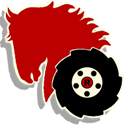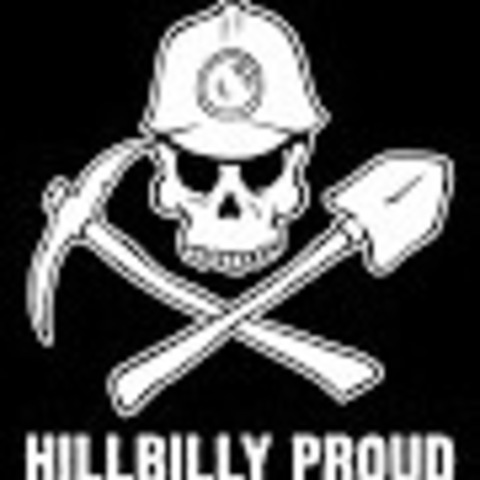Search the Community
Showing results for tags '3pt'.
Found 3 results
-
Been wanting to figure out a better way to move dead tractors around - some, just isn't cooperative at being towed - the AC 916H is a great example around here. Since the rear axle is a hydro, it does not disengage fully for some reason and the tires are really shot badly. The 16Auto dug some big holes the last time I tried to move it around, so the idea here is to use the D's 3pt lift and it's size/weight advantage to move other dead tractors. I also wanted a toolbar that could have adapters added for various tasks - such as cultivators, tines, rear blade, ect. I've wanted to build a wrecker for years, just never had the time to do it - this year, I decided I've had enough of my aching back and legs - this needs to get done before I end up in the hospital. Always seems there is no help available when I need it, so now is the time - here is where I'm at as of now... All built from 1/4" thick iron, except the hub mounting plate which 1/2" thick A50 steel. Trailer hub/stub shaft is a 1750lb rated unit. In hindsight, if I ever did it again I'd use a heavier DOM tubing and just turn it to accept bearing races, make the shaft on the lathe and be done with it. Not to mention, I could control the thickness of the assembly a lot better. There are "rear tire carrier builder" parts available out there to do just that with pre-built tubing, the correct bearings and shaft - you just weld it into the square tubing of choice. Still a lot to do - need to make a set of centering springs, locking pins (for toolbar use), tire carrier arms w/tie-down rings, rear blade adapters, ect.... Just thought I'd share a bit - need to some lift testing today, hopefully. Sarge
- 11 replies
-
- 17
-

-

-

-
I've ran into a clearance issue on the D180's rear hydraulic hose at the rear of the lift cylinder for the 3pt. The link that joins the cylinder piston to the main arm on the 3pt rock shaft uses 3 holes and a welded plate between the two side sections. That plate allows the cylinder to push against the rock shaft's arm and move it rearward, but - the lower end of that plate hits the cylinder hose's 90* fitting when the lift is lowered all the way . The link only goes one way with the plate joining the two sides facing more downward than up - it's offset from being centered a bit. The 3 holes in the link allow the rear 3pt to float, if you pin the center hole it locks it solid and allows for down pressure to the 3pt lift. Simple enough design, but not sure why it wants to hit the cylinder hose's end fitting - it's wrecked the swivel on the hose and caused a bad leak. I got a new hose from Lowell, but the modern replacement hose ends are taller than the original ones from WH, so it interferes with the 90* fitting even worse - see the photo and the mark where it needs to be cut out for clearance ..couldn't get a pic of it on the tractor - that seat frame is seriously in the way of these parts. Another not so fun part to work on a D due to it's frame design...ugh. The marked area is where it it hits that 90* fitting, badly. Aftermarket ends, as I said are even worse as they are a little taller - generally around 1/4" difference. I suspect WH specified aircraft rated low clearance fittings on many of their hydraulic hoses - it's not the first time I've ran into clearance issues , especially on the older models when replacing them with new hoses. Not sure if there is a new hose from Toro available - but it has an interference anyway with the linkage... Has anyone else with a D ran into this issue with clearance to the link - or was this welded incorrectly from the factory somehow ? Second thing - it seems many of the older models that used any hard steel lines used SAE 45* flare ends. Newer equipment uses the more common aircraft JIC 37* high pressure flare instead - it seats easier and can better handle the pressure. Are the steel lines on mine correct, or has someone changed them ? Ends appear to be common 5/16" SAE flares on these steel lines, it's tough to adapt modern hydraulic lines to them versus using JIC flare ends. I think even the S bend twin steel lines that go into the implement ports on the pump are the same size fittings and same SAE type versus JIS. I do remember that being odd when I had the pump out for it's repairs and all those parts looked original. A lot has been screwed with on this tractor over it's lifetime, common to see but I'm not sure just how far they went with some areas, I want to keep it correct. The old line sealed fine to the SAE hard line end below the seat - it's a 700psi system so it's fine, really. Other than the leak - the 3pt lift is super strong and had no issues other than not wanting to stay up for long due to the 90* fitting puking oil... Sarge
- 44 replies
-
- d
- hydraulic hose
-
(and 1 more)
Tagged with:
-
The wife thinks I'm crazy bringing all these little red tractors home so asked if I got 1 little red tractor that was just a bit more capable/flexible then what? Answer ; "some could stay; the ones you have the most parts/attachments for and that you're most comfortable with , the ones you don't have to go before a new one shows up "...so with being said I think I found a great deal on a brand new sub compact 4x4 diesel with 60" mower deck, FEL, (available front hydraulic snow/grader blade, 2stage snow blower,soft cab) mid/front and rear pto, nearly as sharp turning radius in 4wd as a 520H (already test drove it), and the biggie it's RED with a 7 year power train warranty...Jeff
- 32 replies
-
- 11
-



